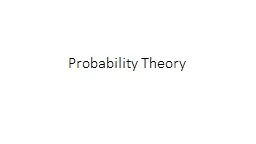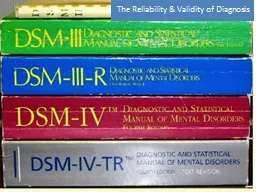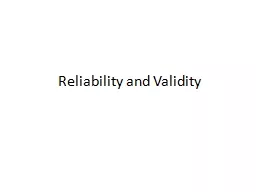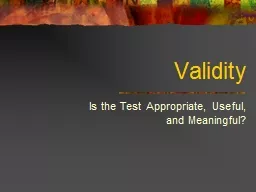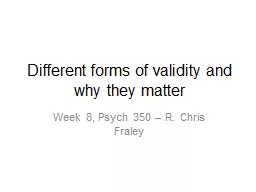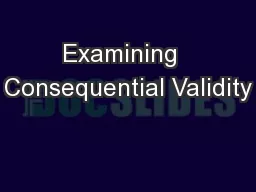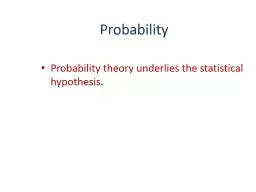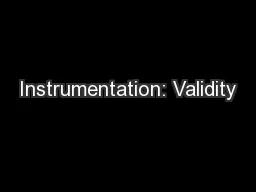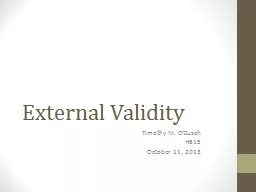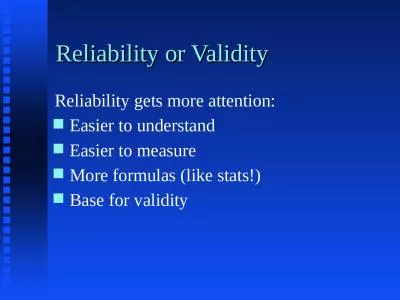PPT-Probability Theory Validity
Author : min-jolicoeur | Published Date : 2018-11-04
A bar is obeying the law when it has the following property If any of the patrons are below the age of 18 then that person is not drinking alcohol Legal or Illegal
Presentation Embed Code
Download Presentation
Download Presentation The PPT/PDF document "Probability Theory Validity" is the property of its rightful owner. Permission is granted to download and print the materials on this website for personal, non-commercial use only, and to display it on your personal computer provided you do not modify the materials and that you retain all copyright notices contained in the materials. By downloading content from our website, you accept the terms of this agreement.
Probability Theory Validity: Transcript
Download Rules Of Document
"Probability Theory Validity"The content belongs to its owner. You may download and print it for personal use, without modification, and keep all copyright notices. By downloading, you agree to these terms.
Related Documents

